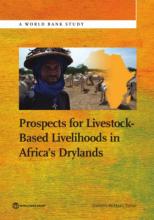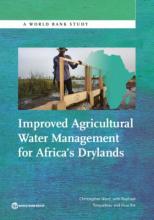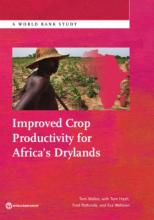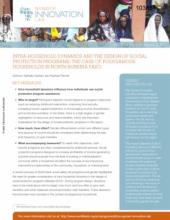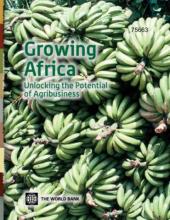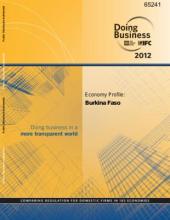/ library resources
Showing items 1 through 9 of 9.More than 90 percent of the population
in the Sahel lives on agriculture. The fact that crop
production has not kept up with population growth during the
last two decades is attributed to land degradation and
The authors present evidence that in
Burkina Faso, certain high-performing local institutions
contribute to equitable economic development. They link
reduced levels of poverty, and inequality to a high degree
Linking growth and poverty is a crucial element for evaluating the effectiveness of government policies under the Poverty Reduction Strategy Paper (PRSP) process.
Prospects for Livestock-Based Livelihoods in Africa’s Drylands examines the challenges and opportunities facing the livestock sector and the people who depend on livestock in the dryland regions of Sub-Saharan Africa.
Dryland regions in Sub-Saharan Africa are home to one-half of the region’s population and three-quarters of its poor. Poor both in natural resources and in assets and income, the inhabitants of drylands are highly vulnerable to droughts and other shocks.
More than 200 million people living in dryland regions of Sub-Saharan Africa make their living from agriculture.
A recent overview of World Bank social safety net programs and gender highlighted the need for greater consideration of intra-household dynamics in the design of social protection programs (Bardasi 2014).
This report highlights the great potential of the agribusiness sector in Africa by drawing on experience in Africa as well as other regions.
Doing Business sheds light on how easy or difficult it is for a local entrepreneur to open and run a small to medium-size business when complying with relevant regulations.
Land Library Search
Through our robust search engine, you can search for any item of the over 73,000 highly curated resources in the Land Library.
If you would like to find an overview of what is possible, feel free to peruse the Search Guide.


